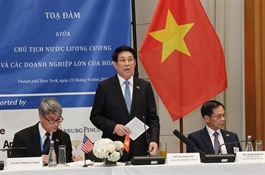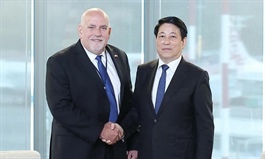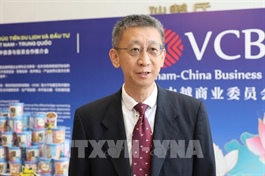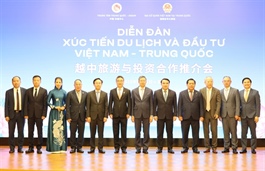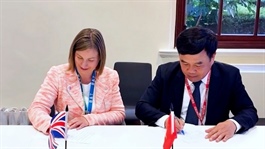HCM City eyes marine economy as key driver of future growth
HCM City eyes marine economy as key driver of future growth
The marine economy will play an increasingly important role in the development of HCM City and the country in the coming years, city People’s Committee chairman Nguyễn Văn Được said during a recent field survey in Bà Rịa–Vũng Tàu.
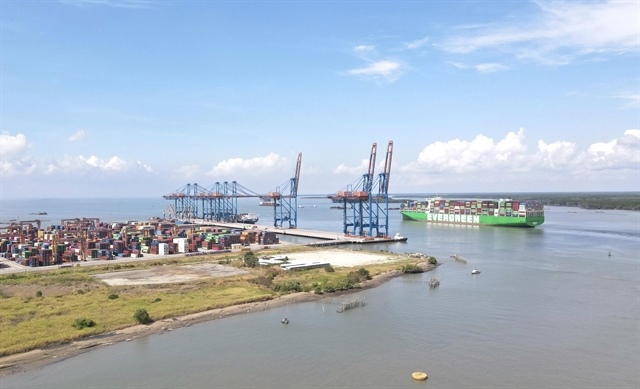
A container vessel departs with export goods from Gemalink, the largest deep-water port in the Cái Mép–Thị Vải cluster in HCM City. — VNA/VNS Photo Huỳnh Sơn |
Được headed a city delegation that visited Cái Mép Hạ Port in Tân Phước Ward and the Long Sơn Petrochemical Complex (LSP) in Long Sơn Commune last week to assess their growth potential and hear directly from investors in this strategic coastal area.
Speaking with executives of Gemalink Port, the largest deep-water port in the Cái Mép–Thị Vải cluster, and LSP, he said the city’s new master plan envisions one financial–technology hub and three key development zones.
These include the pre-merger HCM City as a financial and high-tech centre, Bình Dương as a high-tech industrial hub, and Bà Rịa–Vũng Tàu as a marine economic zone with Cái Mép Hạ port services and petrochemicals as its core.
“The marine economic zone will be vital to logistics, port services, free trade, tourism and entertainment, and is expected to drive the city’s growth in the 2025–30 period and beyond,” Được said.
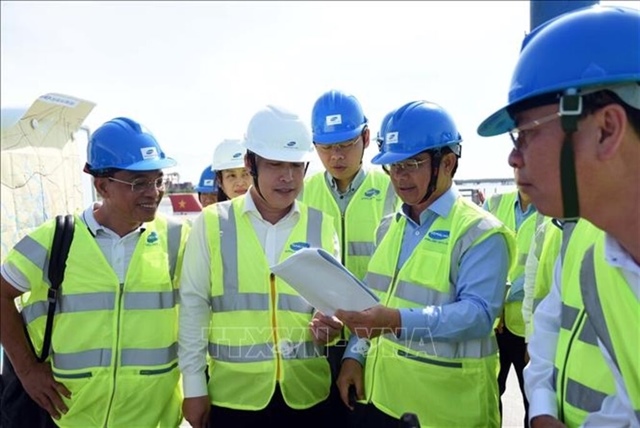
A container vessel departs with export goods from Gemalink, the largest deep-water port in the Cái Mép–Thị Vải cluster in HCM City. — VNA/VNS Photo Huỳnh Sơn |
The US$5 billion Long Sơn Petrochemical Complex is Việt Nam’s first integrated petrochemical project, contributing about $150 million annually to the city’s coffers and employing more than 1,000 skilled workers.
The company is pursuing a $500 million expansion project to add two ethane storage facilities to improve competitiveness, cut costs and reduce greenhouse gas emissions.
It has submitted a revised investment application and expects approval in October.
Kulachet Dharachandra, country director of Thailand’s SCG Group in Việt Nam and general director of LSP, said the latter is designed to produce plastic resins, which are essential building blocks for many industries.
When fully operational, the complex would generate $1.5 billion in revenues, half of which would replace imports and boost exports for Việt Nam, he said.
“We are embarking on a strategic development with an additional $500 million investment to enhance LSP’s competitiveness with the new feedstock E10.”
He expressed optimism about the merger of three cities into a new mega HCM City with greater resources to expand infrastructure and logistics.
“The new highways, railways, seaports, and airports in the city’s master plan will enhance manufacturing and logistics efficiency, enabling us to serve both domestic and international markets more effectively.
“Improved infrastructure and logistics will help us reduce costs and deliver faster.”
LSP spends around VNĐ70–80 billion ($3.1–3.5 million) annually on employee training, and last year allocated VNĐ7–8 billion ($308,000–352,000) to improve living standards in Long Sơn communities.
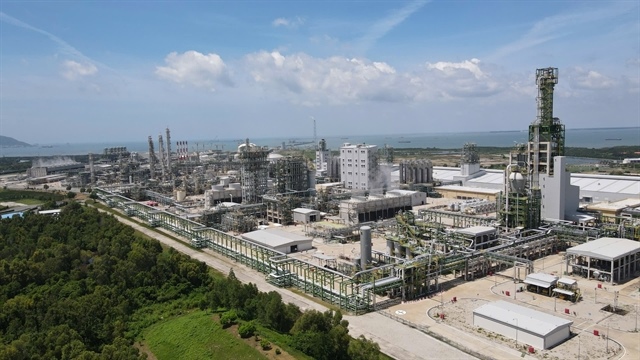
A container vessel departs with export goods from Gemalink, the largest deep-water port in the Cái Mép–Thị Vải cluster in HCM City. — VNA/VNS Photo Huỳnh Sơn |
Port development
Cao Hồng Phong, deputy director of Gemalink Port, highlighted the competitiveness of the Cái Mép–Thị Vải cluster, citing favourable natural conditions, smart planning and robust cargo flows.
Gemalink is one of only 19 global ports capable of accommodating 250,000DWT container ships.
In 2024, it handled 1.75 million Twenty-Foot Equivalent Units (TEUs) from 525 vessels, and throughput IS projected to reach nearly two million TEUs this year.
It has proposed further investment in Cái Mép Hạ on the back of committed cargo volumes from partners.
The Việt Nam Maritime Administration and the Ministry of Construction are also proposing to extend berth lengths from 510m to 900m, enabling two 250,000DWT vessels to dock simultaneously.
“With these adjustments, the continuous berth line from CMIT to Cái Mép Hạ could reach 22km, longer than Singapore’s port, giving Cái Mép an unmatched advantage in handling the world’s largest container ships,” Phong said.
City officials underscored that developing a robust marine economy anchored by ports and petrochemicals would be central to transformation into a global megacity and a driver of national economic growth.
- 16:12 24/09/2025





